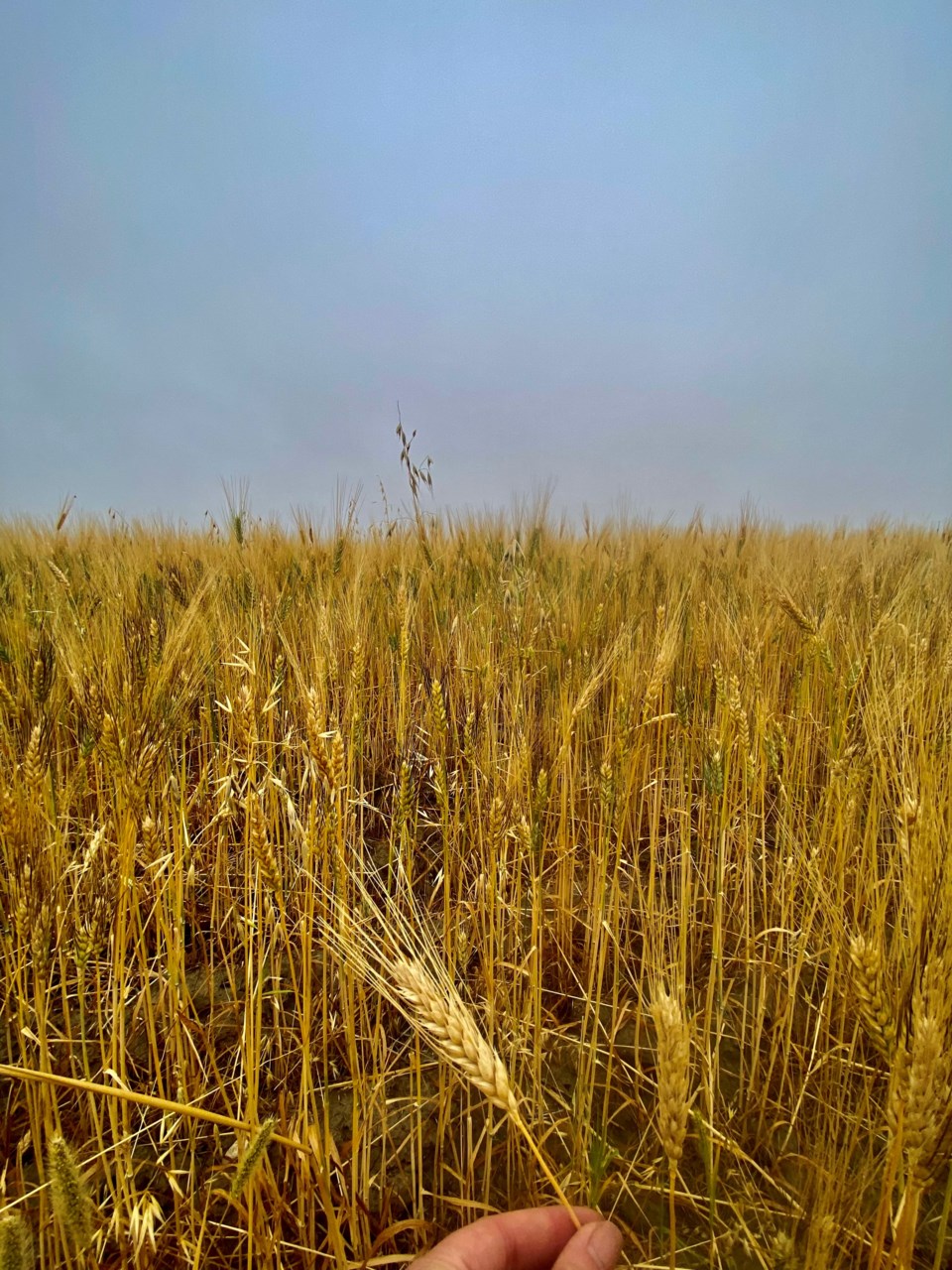During his Jan. 23 presentation at the Ag Outlook convention in Swift Current, economic analyst Brad Magnusson from the Magnusson Consulting Group spoke about the impact of Russian exports on the Canadian agricultural market.
Magnusson’s insights can help local producers understand why the wheat market, and especially red spring wheat, is projected to perform so poorly in 2024.
All commodities – including wheat and other agricultural products – move in cycles and all commodity cycles tend to follow the same pattern. These cycles usually operate over 10 years on average, and he said we’re not at the bottom yet. Once there, which could be in another two years, it normally takes four to six years for prices to climb back up.
Local market prices are determined through a complex mixture of factors, but insights can be attained by examining the different input factors, of which increased Russian imports is one.
“Essentially, up until about 1996, Russia was a very big buyer of wheat. They were the largest buyer of wheat out of Canada,” he explained.
“Now, (Russia has) become the biggest exporter (of wheat) in the world.”
This changing dynamic has fundamentally altered the global production and marketing of wheat.
“We would normally see China… Egypt, (and the) UAE buying wheat out of the United States or Canada. A lot of those countries now are looking at the cheaper Russian wheat…”
He said the Russian export is of poorer quality, but it’s cheaper compared to a higher-quality Canadian wheat. As a result, former importers are buying less Canadian wheat.
According to Magnusson, many of these foreign markets are using a limited amount of the higher quality Canadian wheat to “blend off” the Russian exports, thereby improving standards while keeping costs low.
In recent years, Russian wheat exports have averaged approximately 51 million tonnes, as compared to an average Canadian export of between 20 – 24 million tonnes annually.
“That’s translating into quite substantial differences in price. If you were to take 51 million tonnes out of the market, you would see substantially higher wheat prices,” he said.
Currently, hard red spring wheat futures are sitting at just over $6 on the Minneapolis Grain Exchange (MGEX) index.
Magnusson said the wheat market could expect to see a price increase of several dollars if that additional 51 million tonnes wasn’t there.
He said the last five to seven years is where we’ve really seen an increase in global Russian wheat exports, with the last two years seeing a “massive ramp-up.” Last year (2023) alone, Russia exported 91 million tonnes, which is far above its average.
“It’s a natural for Russia. Russia was actually a very large producer of wheat historically. Even if we go back prior to 1917 before the Russian Revolution, Russia produced large amounts of wheat... They have a very similar type of soil, very similar weather, (and growing conditions are) almost identical to midpoint Saskatchewan.
“It’s natural that, as they progress in their economics… wheat would be one thing that would grow. Their production of wheat has gone from about 20 million tonnes to 91 million tonnes over about a 10 – 15-year period.”
Magnusson has a strong background in economics and said rapid, short-term increases like this don’t happen very often.
“To me, who spent a lifetime analyzing wheat… it is absolutely astounding how fast Russia has revolutionized their production… and their agricultural (sector).”
Magnusson said he hasn’t seen an analog increase in wheat but said a fair comparison can be made for Brazilian soybean production.
“If we go back 15 - 20 years ago, Brazil produced maybe 25 - 30 million tonnes of soybeans. Today they are by far the largest producer of soybeans (in the world). This year (2024), they will produce about 155 million tonnes… well above the U.S.,” he noted. Historically, the United States had been “the absolute ruler” of global soybean production.
For local prairie farmers, Magnusson’s advice is to shy away from red spring wheat in 2024 and instead consider alternative crops, such as lentils, durum, canola, and peas which will net higher profits.




